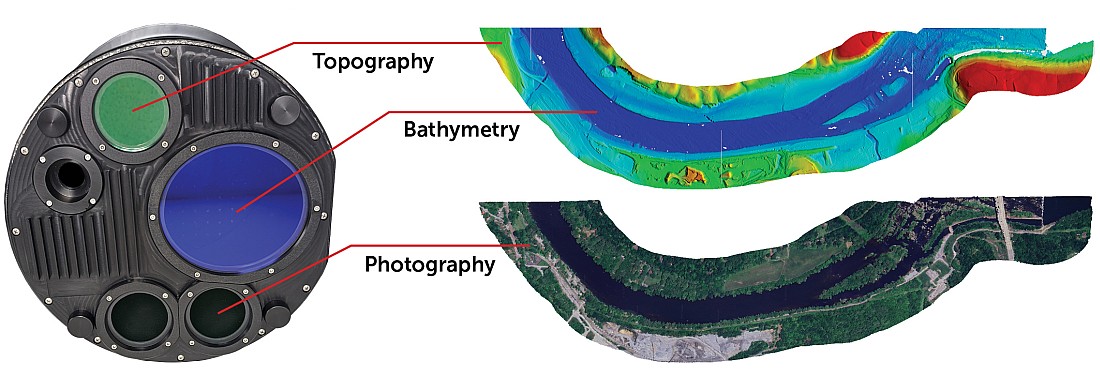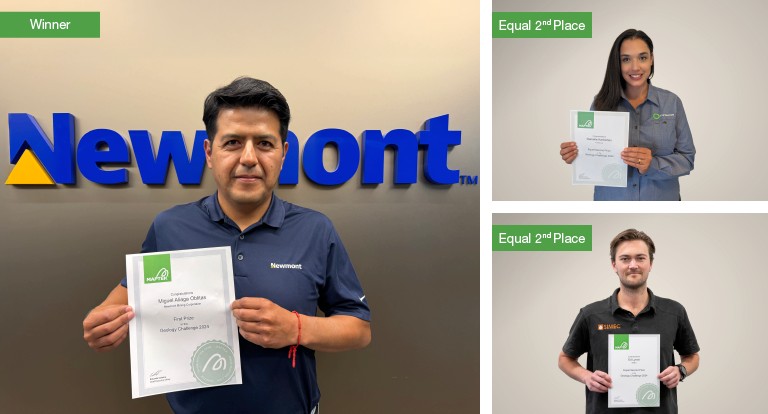Winners of the 2007 ESRI Vision, Service, and Communication awards received recognition for achievements in using geographic information system (GIS) technology in the health and human services fields. Niigata University School of Medicine; the National Center for Health Statistics (a division of the U.S. Department of Health and Human Services Centers for Disease Control and Prevention [CDC]); and CDC’s Lead Poisoning Prevention Branch received the awards during the 2007 ESRI Health GIS Conference held October 7–10 in Scottsdale, Arizona.
The Vision Award is presented to an organization that has gone beyond the traditional use of GIS within a health or human services organization. Hiroshi Suzuki, vice director of Niigata University, Graduate School of Medical and Dental Sciences (Japan), accepted the award on behalf of the institution.
The medical school recently established two technical centers, one for human health GIS and the other for environment and disaster mitigation GIS. In addition, the institution is utilizing GIS for national and international health applications and hosting annual health GIS symposia as well as implementing GIS courses in the medical school’s curriculum. Bill Davenhall, global manager, ESRI Health and Human Services, commented, “This medical school saw the value of teaching its medical students GIS, complementing their classical medical training.”
The Service Award recognizes an organization that uses GIS technology to serve the needs of the health and human services community beyond the call of duty. Charles Croner, geographer and survey statistician with the CDC’s National Center for Health Statistics, accepted the award through an acceptance message read by Chris Kinabrew, ESRI public health specialist. In the message, Croner said “I am honored to be part of this CDC GIS recognition. I am convinced that GIS science and visualization, through your dedicated efforts, will prove one day to have played a critical role in bringing about new changes leading to healthy communities and built environments for all of our citizens.”
Kinabrew remarked, “CDC has served the health GIS community around the world by publishing the Public Health GIS News and Information newsletter since 1994. Over the years, Chuck Croner has edited this valuable resource. Chuck and his GIS colleagues throughout CDC’s other divisions have also supported the CDC’s GIS user group and have promoted federal, state, and local collaborative information exchanges.”
The Communication Award recognizes a poster submitted to the conference’s Map Gallery and selected as best communicator by a panel of judges. Judging criteria include concept communication, illustrative methods, creative integration of data, and relevance to health and human services. Gerald Curtis, consultant to the CDC’s Lead Poisoning Prevention Branch, accepted the award on behalf of the team of collaborators who submitted the poster. “Visualization can tell the whole story,” said Curtis about the value of using GIS as a communication tool. The map conveyed the results of CDC’s research on possible environmental causes of childhood lead poisoning. Curtis emphasized, “In public health we have very valuable data, and now is the time to use that data to communicate with the populations we serve.”
A new award, the People’s Choice Communication Award, was added for this year’s ESRI Health GIS Conference. Conference attendees selected a poster by Riju Stephen, GIS analyst for the City of Houston Health and Human Services, that explained the use of spatial analysis to discern new patterns in sexually transmitted disease outbreaks. Stephen commented, “My hope is that this poster would inspire others working in pandemics to use the same techniques to look at cases in a different way and formulate their intervention methods.”
Established in 2001, the awards recognize organizations and individuals that accomplish outstanding achievements with the use of GIS technology in the areas of health or human services. “It is a real pleasure to play a part in recognizing these winners for their innovation, dedication, and commitment to service,” said Davenhall, adding, “We all hope to draw inspiration from what they have been able to do.”






